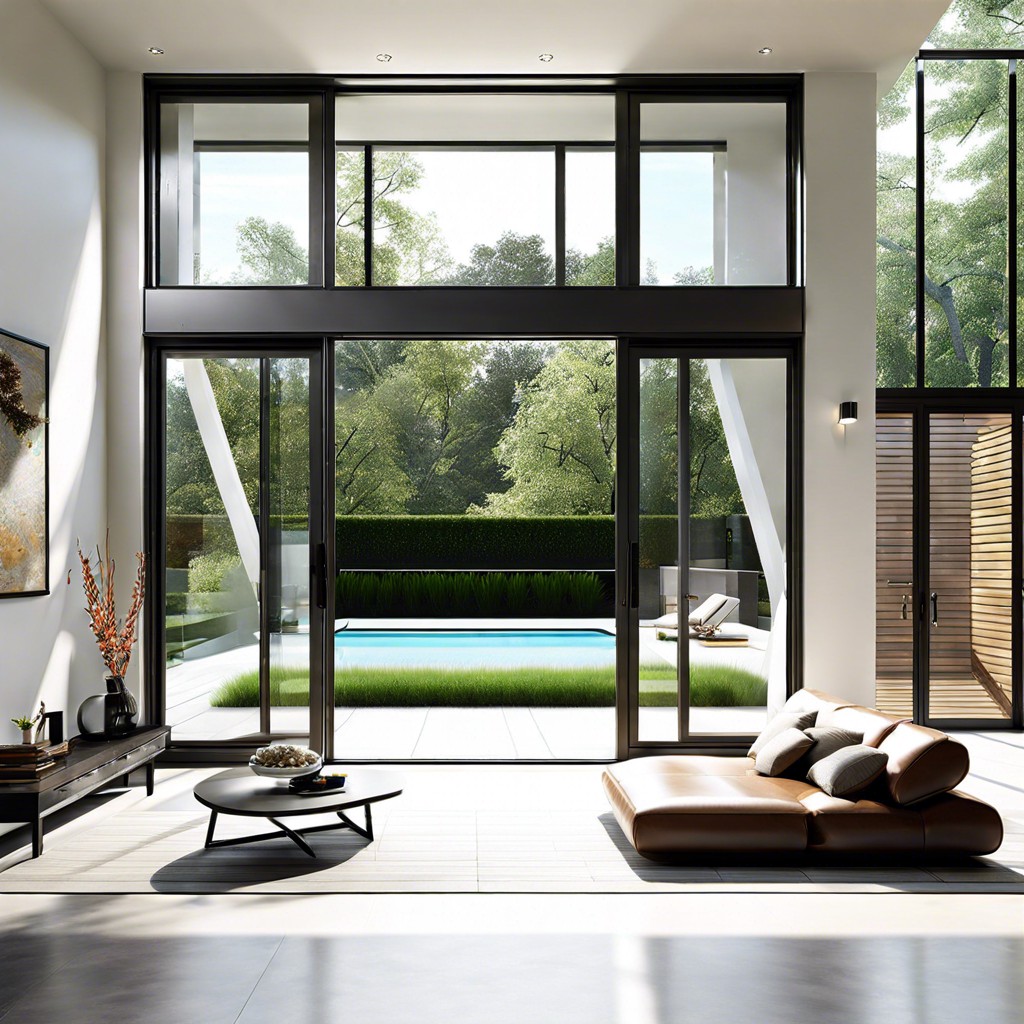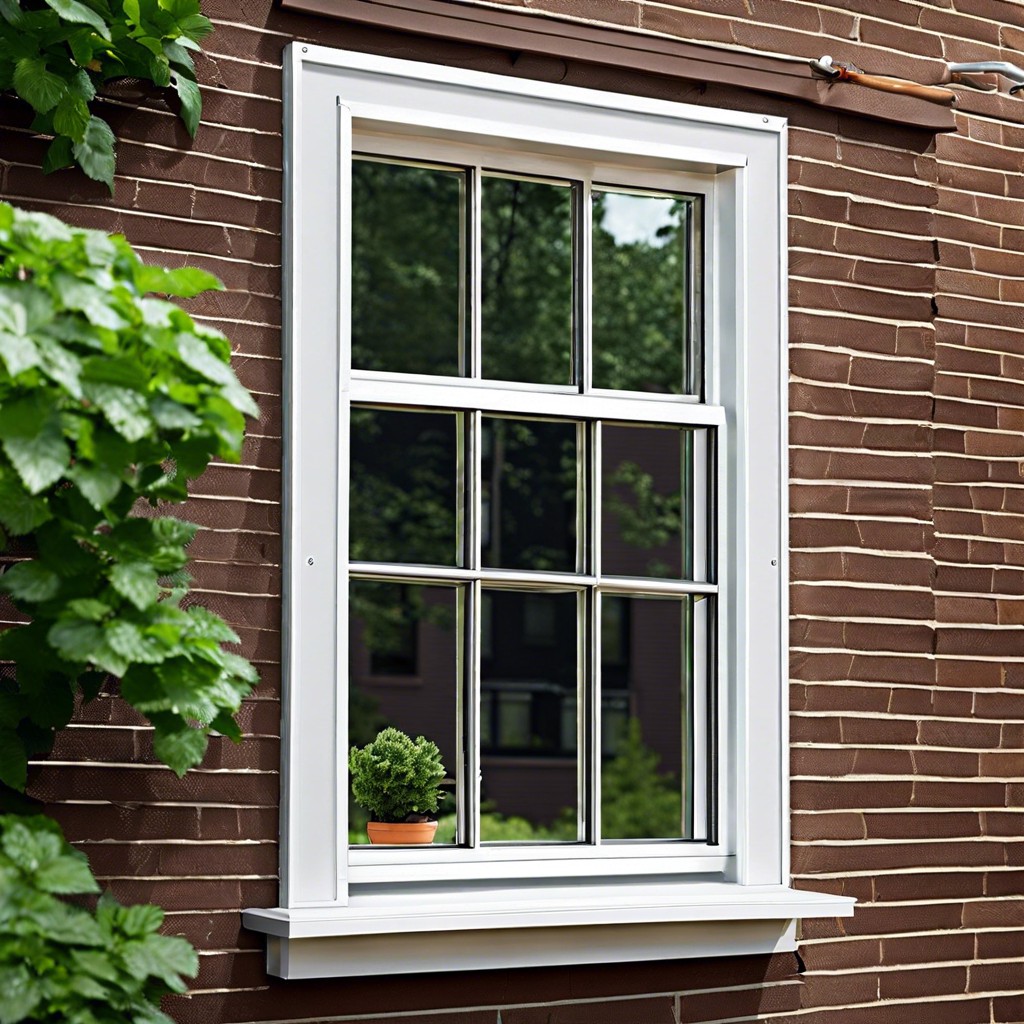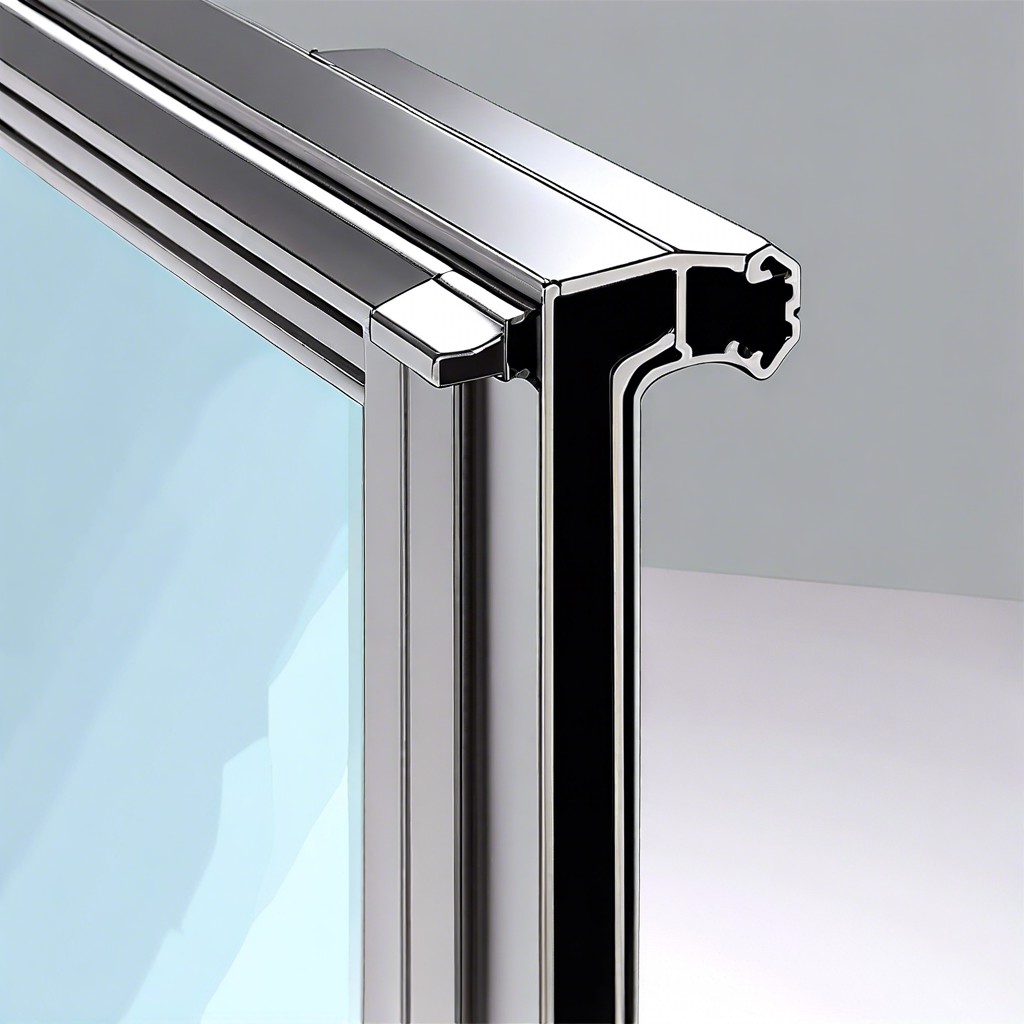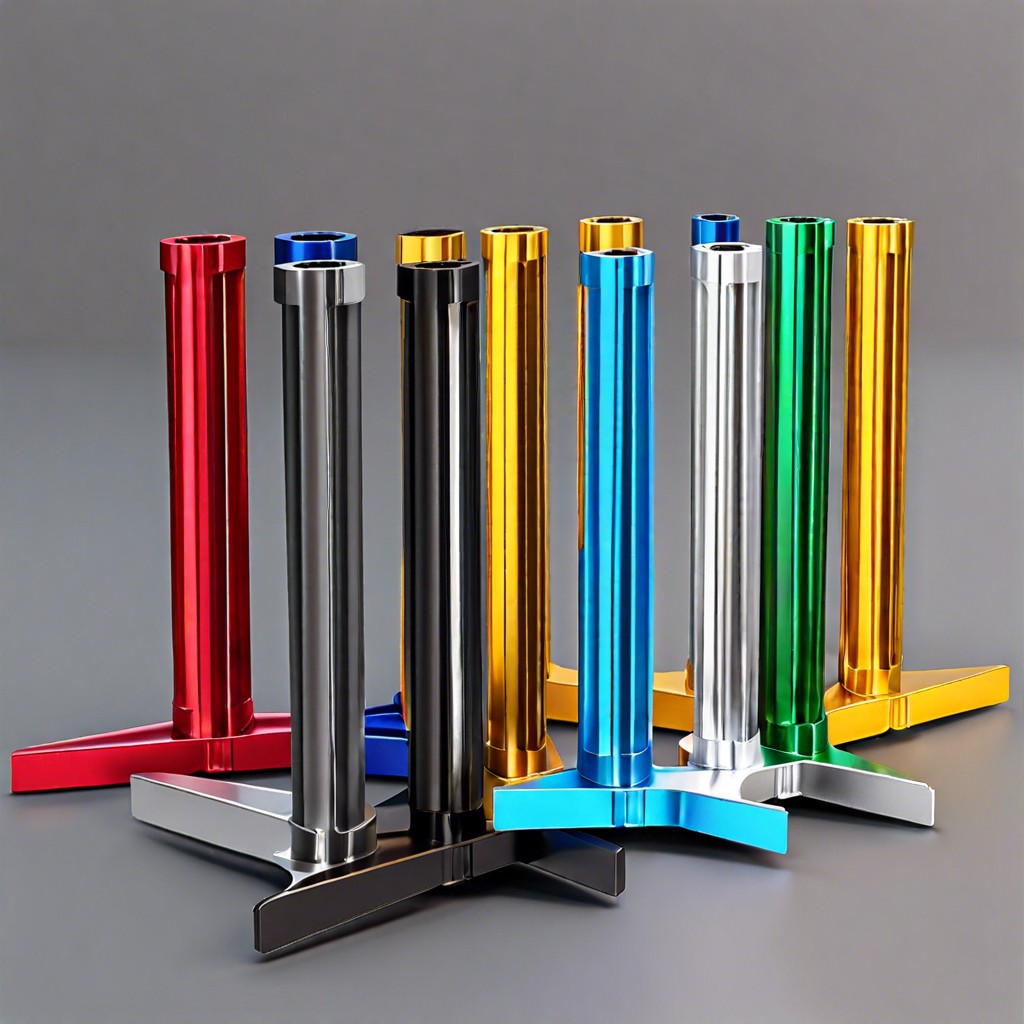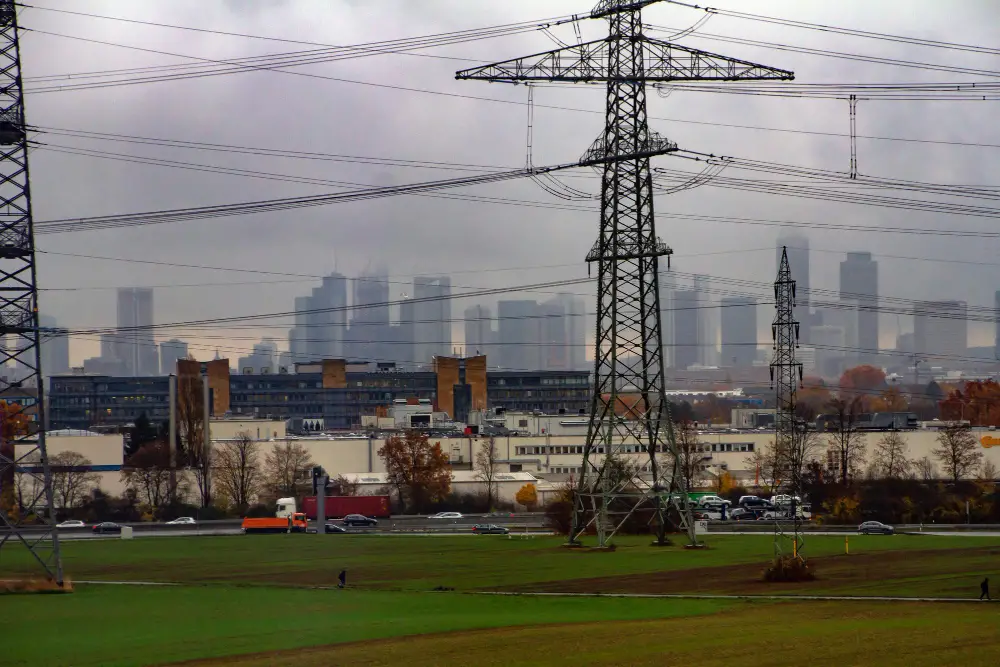Improve your home’s air quality and save money on energy bills with these top tips for choosing the most efficient windows available.
I always loved the feeling of fresh air coming through my bedroom window. I would take deep breaths and feel invigorated by the crisp air that filled my lungs.
I’ve come to realize that the quality of indoor air is just as important as outdoor air. And when it comes to our homes, the windows we choose can significantly impact both energy efficiency and indoor air quality.
That’s why I’m excited to share with you today about energy-efficient windows and how they can help you breathe easier in your home. Not only do these windows save you money on your energy bills, but they also provide better insulation against outdoor pollutants and allergens.
So let’s dive into this topic and explore how upgrading your windows can improve both your wallet and your health!
Types of Energy-Efficient Windows
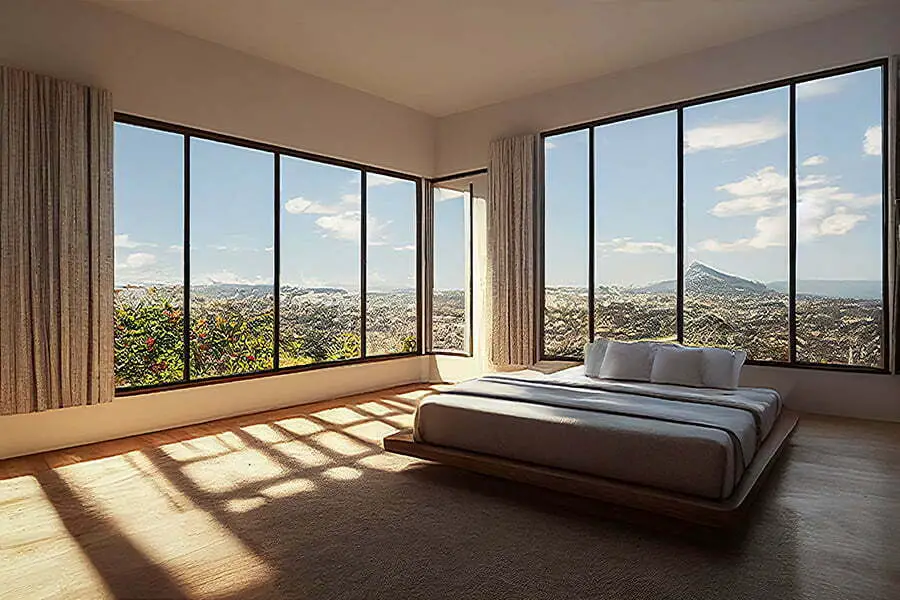
When it comes to energy-efficient windows, there are several types to choose from. Double-pane and triple-pane windows are popular options that provide better insulation than traditional single-pane windows.
These types of windows have two or three layers of glass with a layer of gas in between, which helps reduce heat transfer and improve energy efficiency.
But did you know that some energy-efficient window coatings can also help improve indoor air quality? Low-emissivity (Low-E) coatings on the glass can block harmful UV rays while still allowing natural light into your home. This protects your furniture from fading and reduces the number of outdoor pollutants entering your home.
Another type is insulated vinyl frames, which offer excellent thermal performance and durability while being low maintenance compared to other materials like wood or aluminum.
Investing in these types of energy-efficient windows not only saves you money on heating and cooling bills but also provides a healthier living environment for you and your family by reducing exposure to outdoor pollutants such as pollen, dust particles, and mold spores, among others.
So if you’re looking for ways to breathe easier in your home while saving money simultaneously, upgrading those old drafty single-pane windows might be worth considering!
Benefits of Improved Indoor Air Quality

As I mentioned earlier, indoor air quality is just as important as outdoor air. Poor indoor air quality can lead to various health problems, such as allergies, asthma, and respiratory issues.
But with energy-efficient windows installed in your home, you can significantly improve indoor air quality.
These windows are designed to provide better insulation against outdoor pollutants and allergens that may enter your home through gaps or cracks in old or poorly sealed windows. They also help regulate humidity levels by preventing moisture buildup, which can lead to mold growth.
Improved indoor air quality means breathing easier in your home without worrying about harmful particles. You’ll be able to enjoy fresh, clean airflow throughout every room while reducing the risk of developing any respiratory illnesses caused by poor ventilation.
So upgrading your windows will save you money on energy bills and create a healthier living environment for yourself and your loved ones!
Window Technologies for Efficiency

When it comes to energy-efficient windows, a variety of technologies can help you save money on your energy bills and improve the air quality in your home.
One such technology is low-emissivity (low-e) glass, which has a special coating that reflects heat back into your home during winter while keeping out unwanted heat during summer.
Another technology is double-paned windows with gas fills between them. These gas fills act as an insulating barrier, reducing heat transfer through the window and improving overall efficiency. Some manufacturers offer triple-paned windows for even better insulation.
But how do these technologies impact indoor air quality? Energy-efficient windows can help prevent outdoor pollutants from entering your home by reducing drafts and increasing insulation. This means less dust and allergens circulating throughout your living space – making breathing easy!
Ventilation and Air Circulation

Ventilation and air circulation are crucial factors. Without proper airflow, pollutants can accumulate in your home and cause health problems such as allergies or respiratory issues.
That’s where energy-efficient windows come into play.
By upgrading to these types of windows, you’ll save money on your energy bills and improve the overall comfort of your home.
Energy-efficient windows are designed with advanced insulation technology that helps regulate temperature and reduce drafts while allowing adequate ventilation.
This means fresh outdoor air can circulate throughout your home without compromising energy efficiency. And because these windows provide better insulation against outdoor pollutants like pollen or dust mites, you’ll breathe easier knowing that the air inside is cleaner and healthier for you and your family.
In short: when it comes to cost-effectively improving indoor air quality while reducing environmental impact – investing in high-quality window solutions is an excellent place to start!
Reducing Allergens With Windows

Traditional single-pane windows allow outdoor pollutants and allergens like pollen, dust, and mold spores into your home. But with energy-efficient windows featuring double or triple panes of glass, you’ll have a better barrier against these irritants.
Some energy-efficient window models come with special coatings that help filter out harmful UV rays while allowing natural light in. This means you can enjoy the benefits of sunlight without worrying about triggering allergy symptoms.
By reducing the number of outdoor pollutants entering your home through old or inefficient windows, you’ll be able to breathe easier and feel more comfortable in your own space – something we all deserve!
Low-E Glass and Insulation
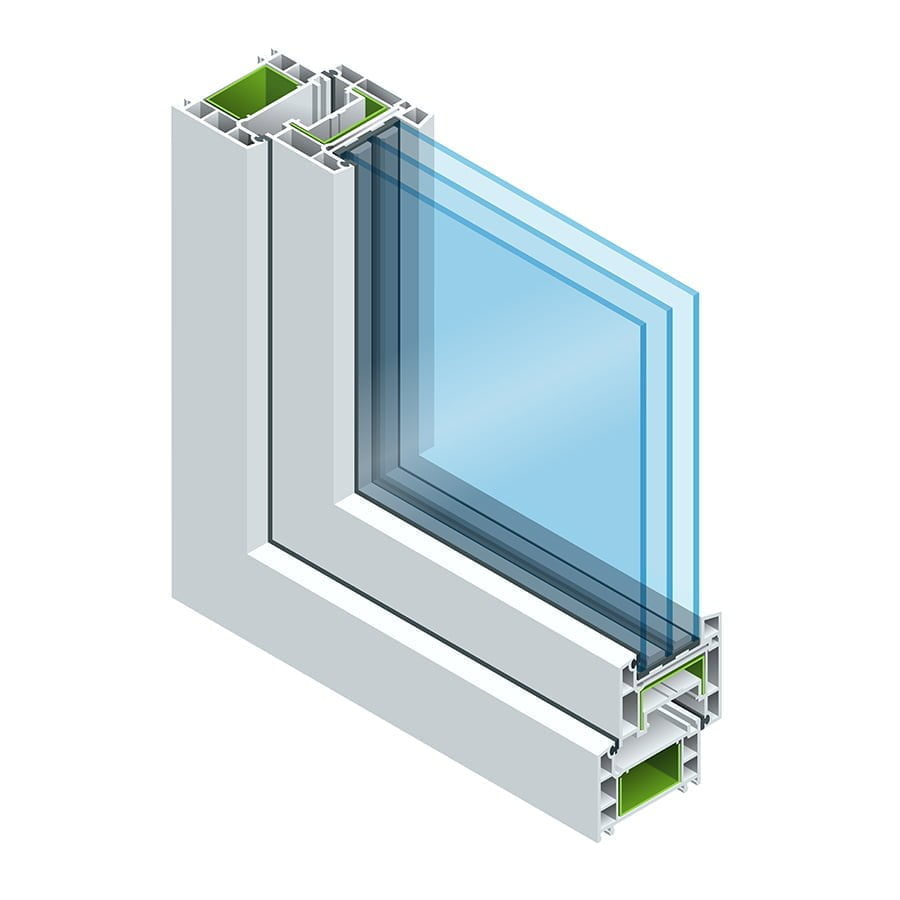
One of the critical features of energy-efficient windows is Low-E glass. This type of glass has a special coating that reflects heat back into your home during winter, keeping you warm and cozy while reducing your heating bills.
In the summer, it works in reverse by reflecting sunlight away from your home to keep it cool.
But what does this have to do with indoor air quality? With better insulation in your windows thanks to Low-E glass and other energy-saving features like double or triple panes, you’re also creating a barrier against outdoor pollutants and allergens.
This means fewer particles can make their way inside, where they can cause respiratory issues or aggravate existing conditions like asthma.
So not only are energy-efficient windows good for saving money on utility bills, but they’re also an investment in our health. By choosing high-quality materials that provide better insulation against outdoor elements, we can breathe easier knowing our homes are safe havens from harmful pollutants outside!
Proper Window Installation
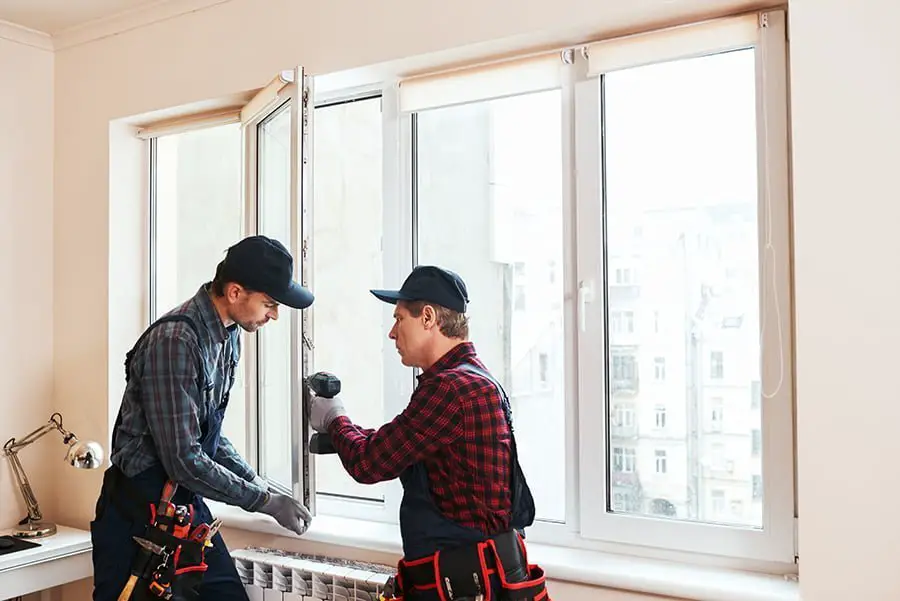
When it comes to energy-efficient windows, proper installation is key. Even the most high-quality window won’t perform as intended if installed incorrectly.
That’s why working with a professional installer with experience installing energy-efficient windows is essential.
But what does proper installation have to do with indoor air quality? When a window isn’t installed correctly, gaps between the frame and the wall can form. These gaps allow outdoor pollutants and allergens into your home, reducing indoor air quality.
On top of that, improper installation can also lead to drafts around your windows, making you feel uncomfortable in your home while driving up heating or cooling costs.
Working with an experienced installer who understands how these issues arise and how they can be prevented through correct installations techniques, such as weatherstripping or caulking around frames, will help ensure that you get all of the benefits from having new energy-efficient windows without any adverse side effects on indoor air quality or comfort levels!
Recap
